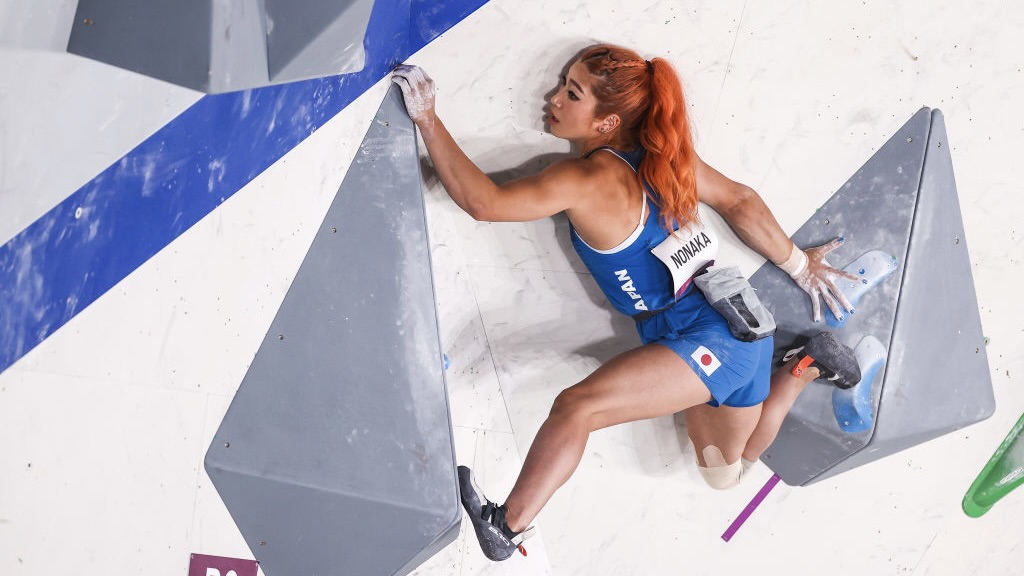What to wear for rock climbing: a guide for beginners
We walk you through what to wear for rock climbing indoors and out so that you're comfortable, mobile and protected
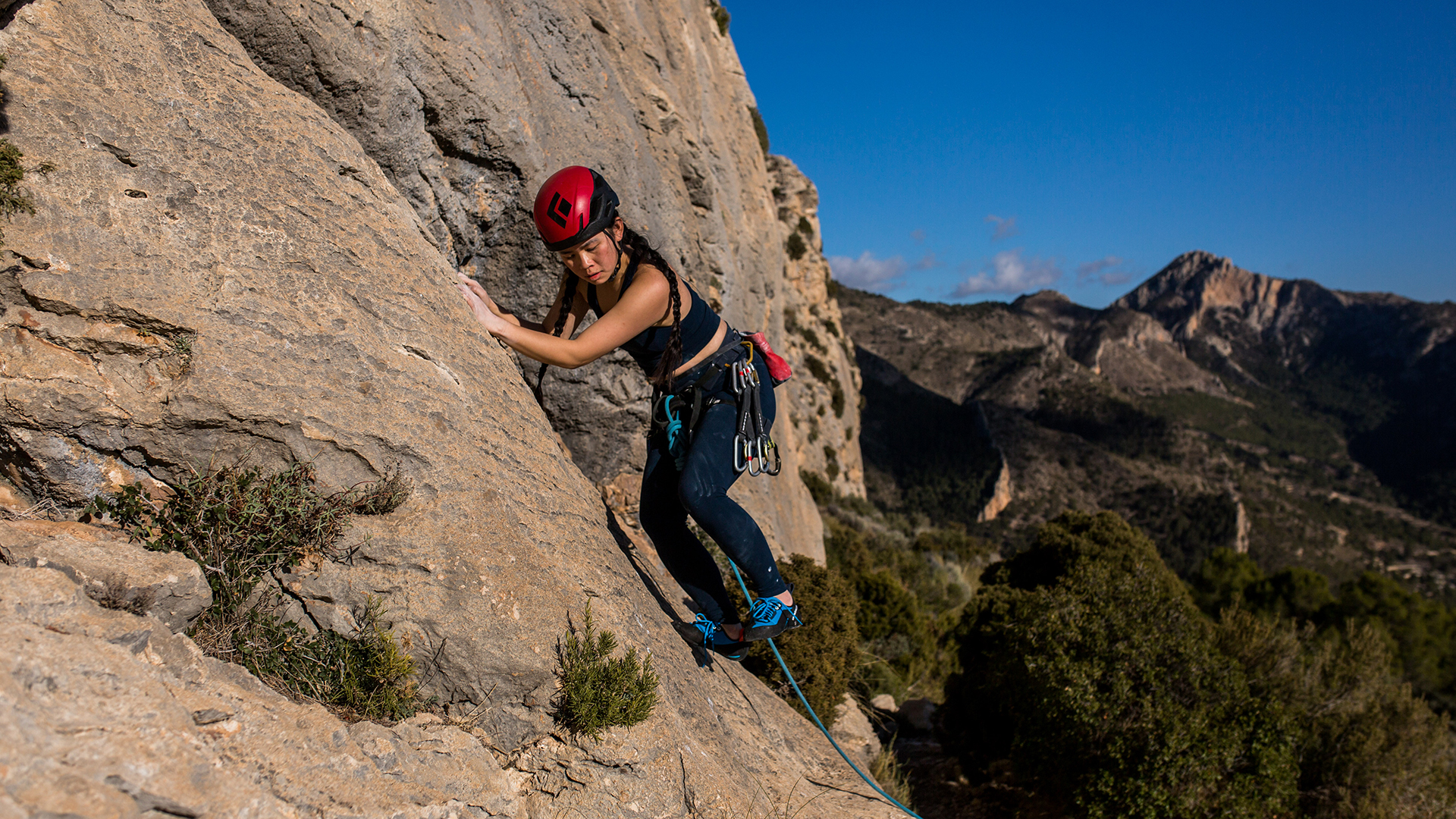
Getting kitted out for rock climbing places all the emphasis on the key gear: climbing shoes, harness and helmet and the protective equipment you'll need. But once you’ve got those items, what do you actually wear? The good thing is that, if you're already into the outdoors, you've probably already got clothing you can wear for climbing.
We're here with an expert guide into what to wear for climbing both indoors and out, taking into the consideration the criteria you'll have to consider for the latter. Let's get into it.
What to wear for rock climbing – a quick look
- Climbing indoors: standard, breathable gym clothes that provide freedom of movement
- Climbing outdoors: leggings or stretchy softshell pants, running t-shirt or base layer, additional warm layer for belaying, climbing shoes and footwear for the approach
- The six criteria to consider when dressing for climbing outdoors: Protection, Durability, Mobility, Breathability, Form fitting, Comfort
Meet the expert

Julia spent a decade living in Vail, Colorado, where she became accustomed to climbing adventures in the mountains. Now back in her native Scotland, she's one of our leading experts on mountain adventure.
Today's best deals
What to wear when indoor rock climbing
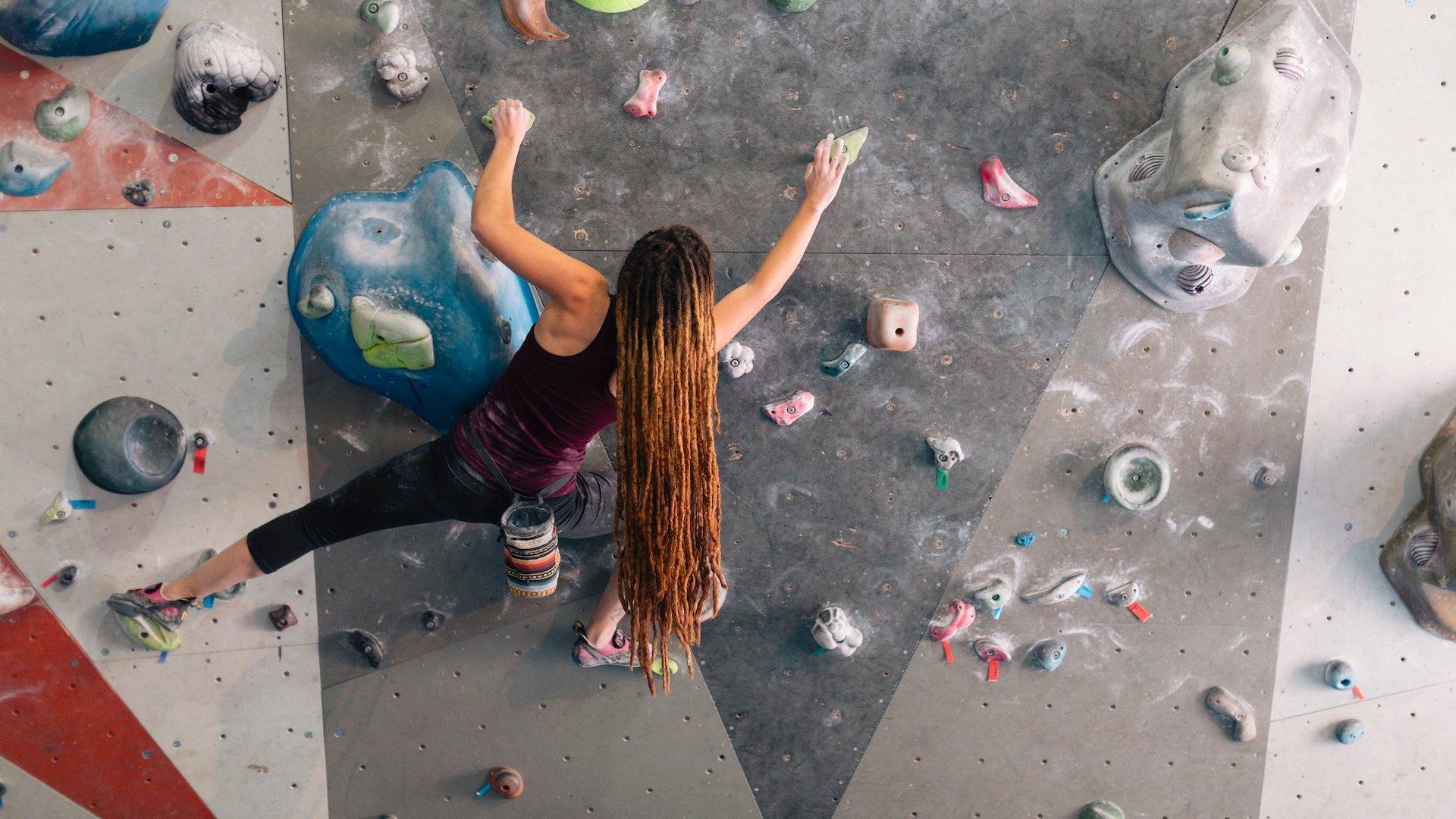
Let’s start with the easy one. If you’re planning on rock climbing indoors, you won’t have to worry about the weather or the rough rock surface, so it’s easy to dress for. For indoor climbing, you can just wear gym clothes like running shorts or running leggings and a short sleeved or tank-style running top.
What to wear for rock climbing outdoors
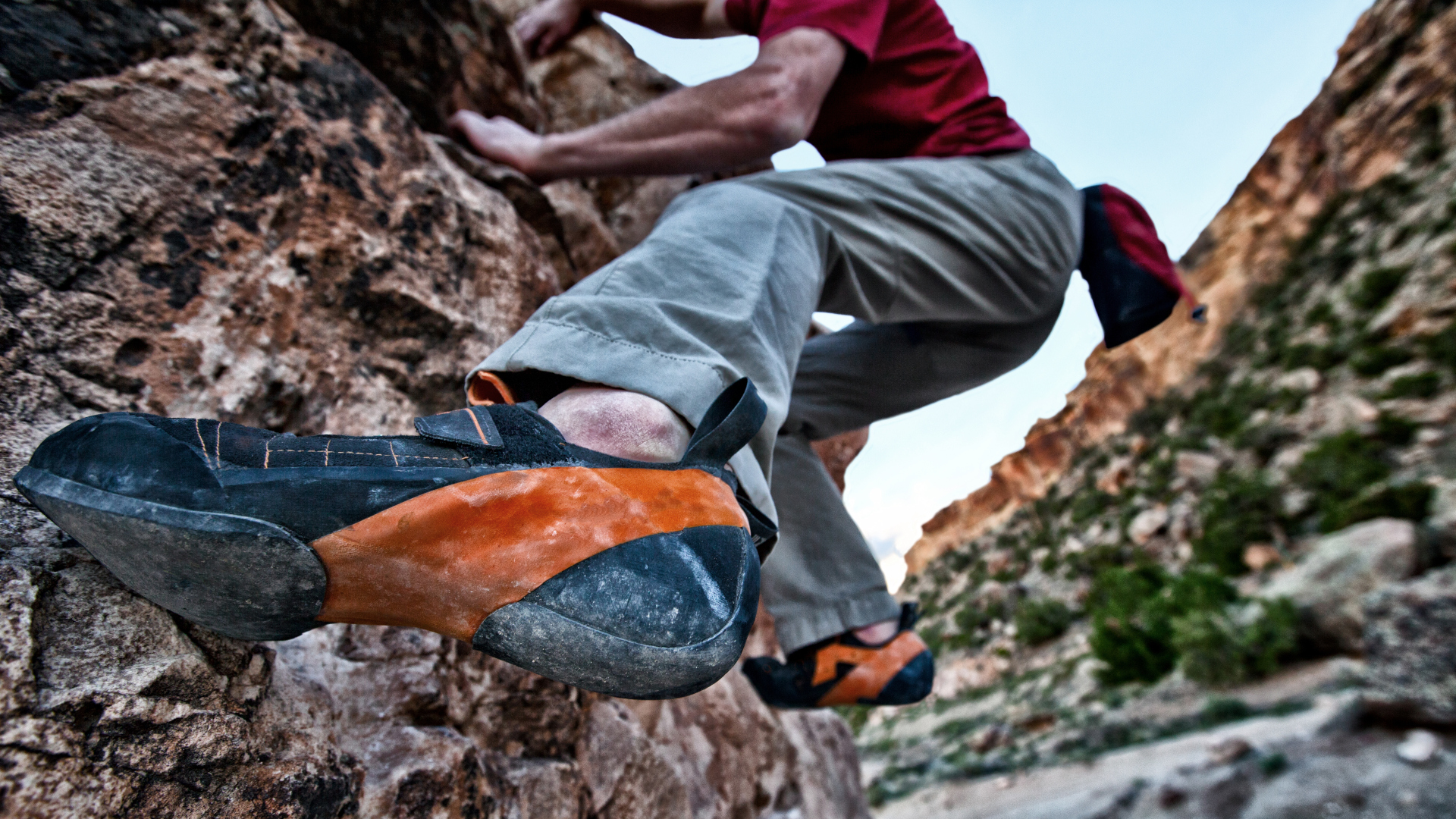
When it comes to figuring out which clothes are suitable for rock climbing outdoors, you’ll need to consider these six criteria:
- Protection: long pants will protect your legs from rock abrasions.
- Durability: pick clothes made from sturdy fabric that will hold up against rock and harness rub.
- Mobility: for those heel hooks and long reaches you need lots of stretch from all of your climbing clothes.
- Breathability: if you haven’t noticed, climbing is a good workout and you’ll be working up a sweat, so look for fabrics that are moisture wicking.
- Form fitting: you don’t have to show up at the wall dressed as Catwoman, but also you don’t want baggy clothing that can snag on rock, get in the way of your movements or is difficult to secure your harness over.
- Comfort: it should go without saying, but when you’re trying to focus on a new route, the last thing you want to be thinking about is scratchy fabric, annoying zippers or too-tight cuffs.
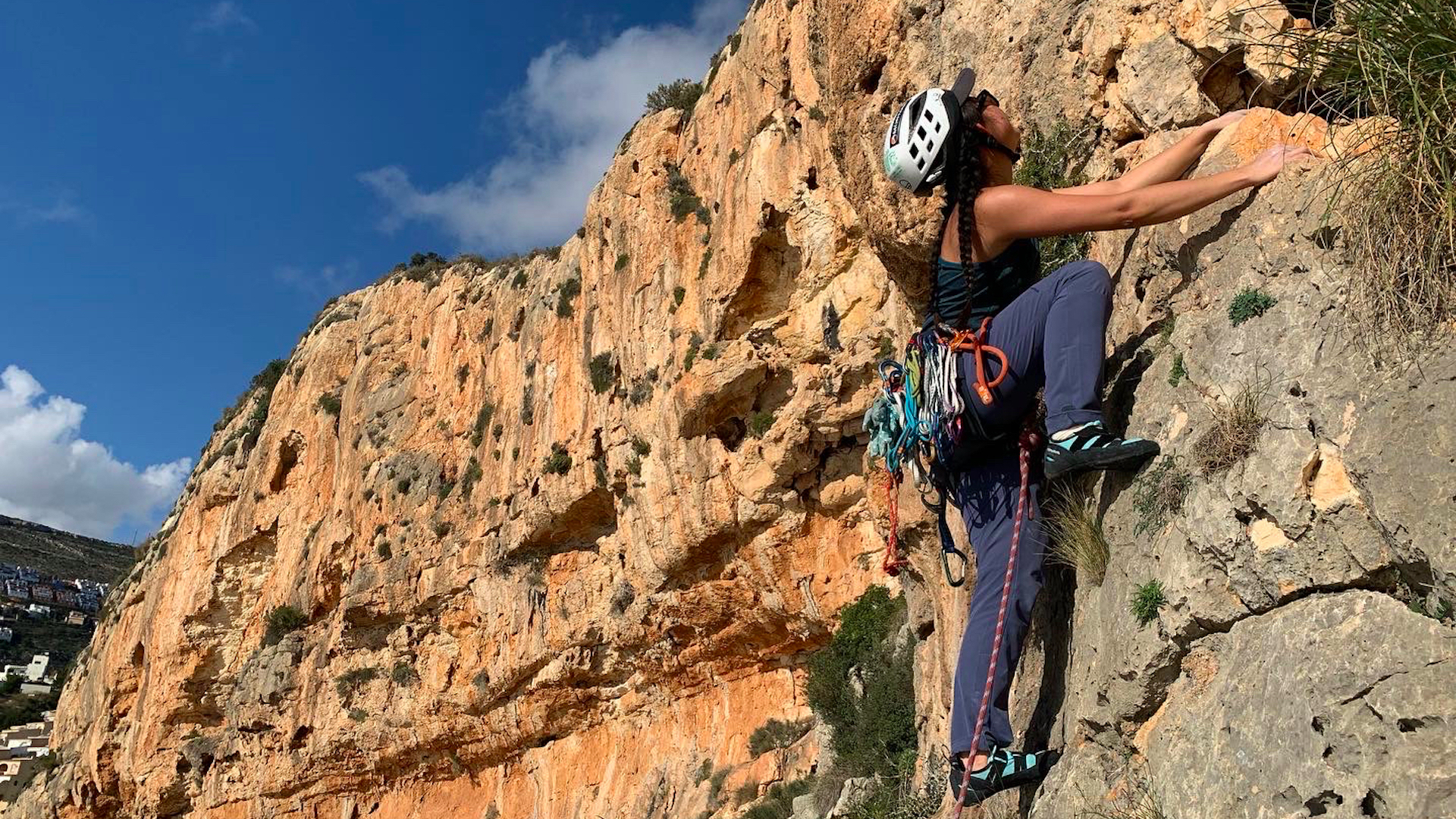
You can wear workout clothes for trad climbing or sport climbing, but it’s important to know that these clothes will take more of a beating than when you go running in them, so it’s a good approach to have a set of clothes that are designated just for climbing. You might even want to relegate some of your older, more worn workout clothes to your climbing wardrobe to get started. These are the basic garments you need for climbing outdoors:
Climbing pants
For outdoor climbing, pants offer more protection than shorts, though lots of climbers opt for capri-length pants in the summer. Look for lightweight, breathable pants with lots of stretch that aren’t too baggy or it will be difficult to get your harness on properly. The Black Diamond Alpine Softshell Pants are built for climbing with a slim fit, lots of stretch and a tougher fabric than you’ll get from a legging, however lots of climbers are quite happy in leggings, too. We like the Gym+Coffee All In leggings as they’re a bit sturdier than most leggings.
Climbing top
You can be a bit less selective about what you wear on top provided it’s not too baggy and is breathable. Any running T-shirt or tank top that you already own will work just fine. If it’s cooler, you can wear a long sleeved base layer but remember if you’re planning on doing any crack climbing you’ll probably want short sleeves so you don’t have to roll your sleeves up.
Advnture Newsletter
All the latest inspiration, tips and guides to help you plan your next Advnture!
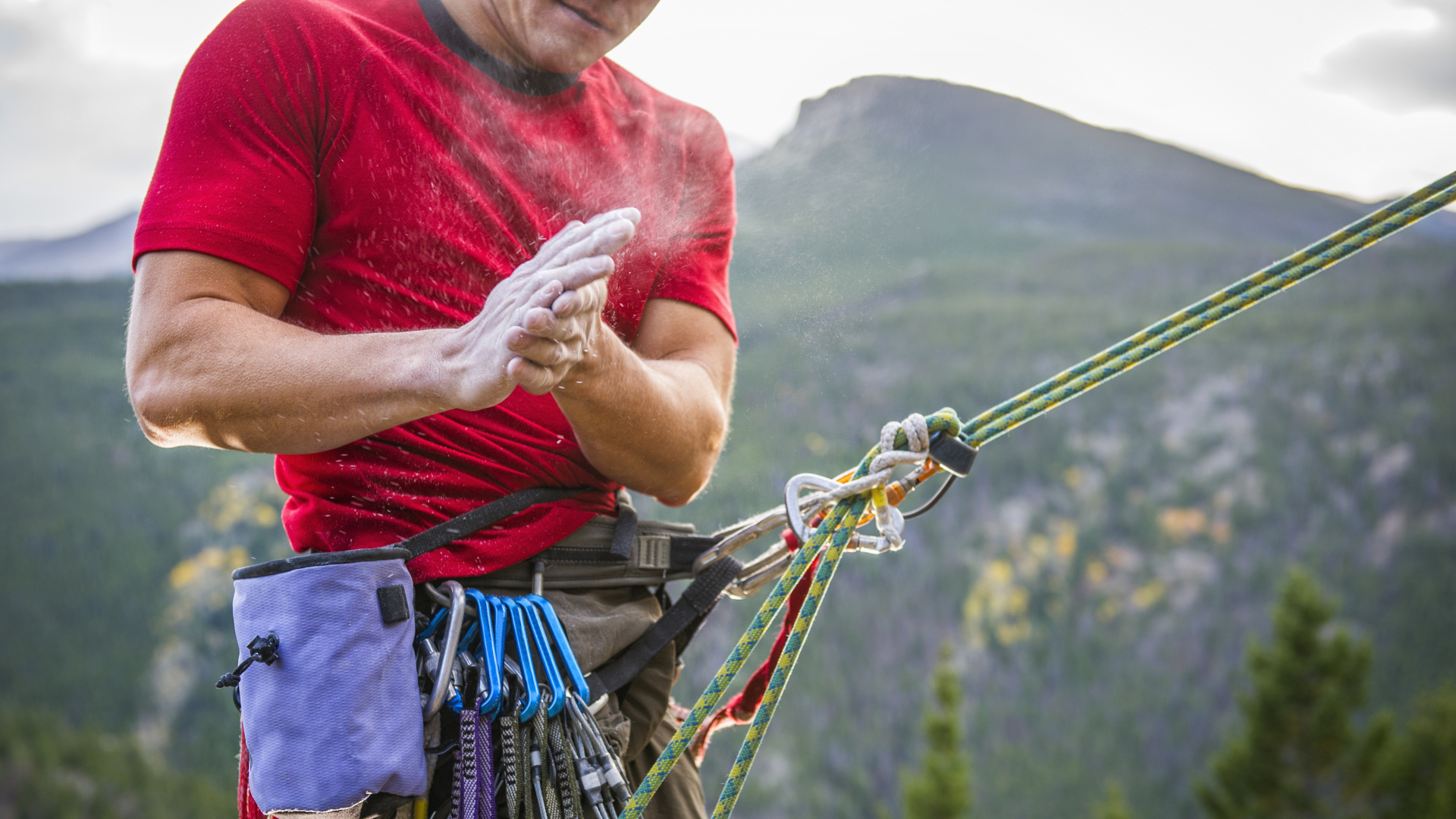
Outer layer
For belaying in the shade and generally hanging out at the crag, you’ll want to bring an extra layer in case you cool off. Depending on the temperatures, a long sleeve base layer might do in summer, but a fleece jacket is generally recommended since these are breathable, provide plenty of warmth and will hold up against the rock.
You may have heard of a belay jacket, such as the Black Diamond Belay Parka. This is a type of insulated jacket that's used by winter mountaineers and ice climbers that's worn so that they don't freeze while belaying their partner. As rock climbing usually takes place in warmer climes, you don't need a belay jacket unless you're eyeing up these wintry pursuits.
Shoes for the approach
Yes, you’ll wear climbing shoes to actually climb in, but they’re not much use for any other activity. You’ll need shoes for getting to and from the crag, which often involves a hike, and you might want to get your climbing shoes off when you’re belaying as your feet will get clammy. Wear comfortable hiking shoes or approach shoes when you leave the house and keep them nearby in case you want them between climbs.
Julia Clarke is a staff writer for Advnture.com and the author of the book Restorative Yoga for Beginners. She loves to explore mountains on foot, bike, skis and belay and then recover on the the yoga mat. Julia graduated with a degree in journalism in 2004 and spent eight years working as a radio presenter in Kansas City, Vermont, Boston and New York City before discovering the joys of the Rocky Mountains. She then detoured west to Colorado and enjoyed 11 years teaching yoga in Vail before returning to her hometown of Glasgow, Scotland in 2020 to focus on family and writing.
